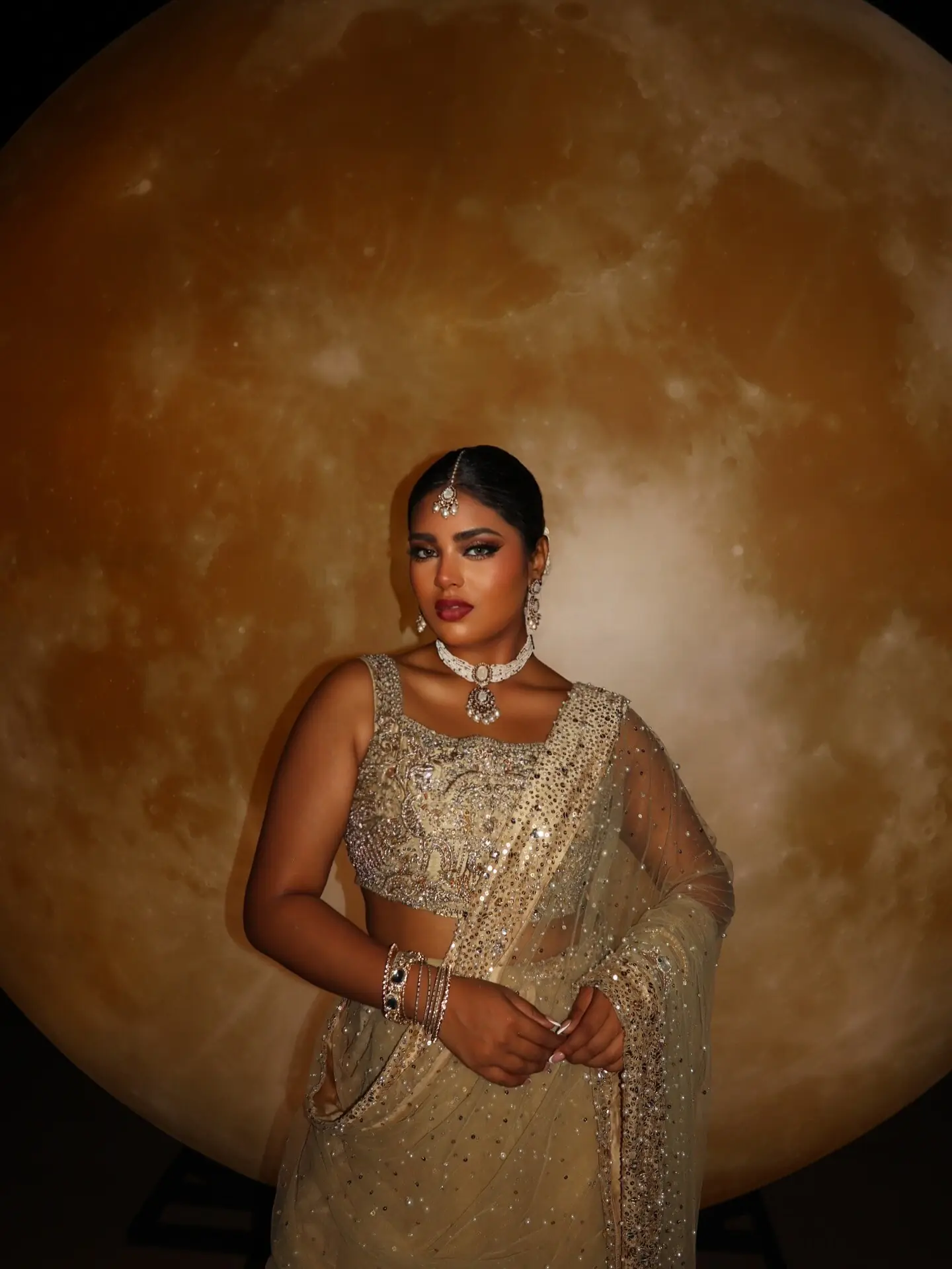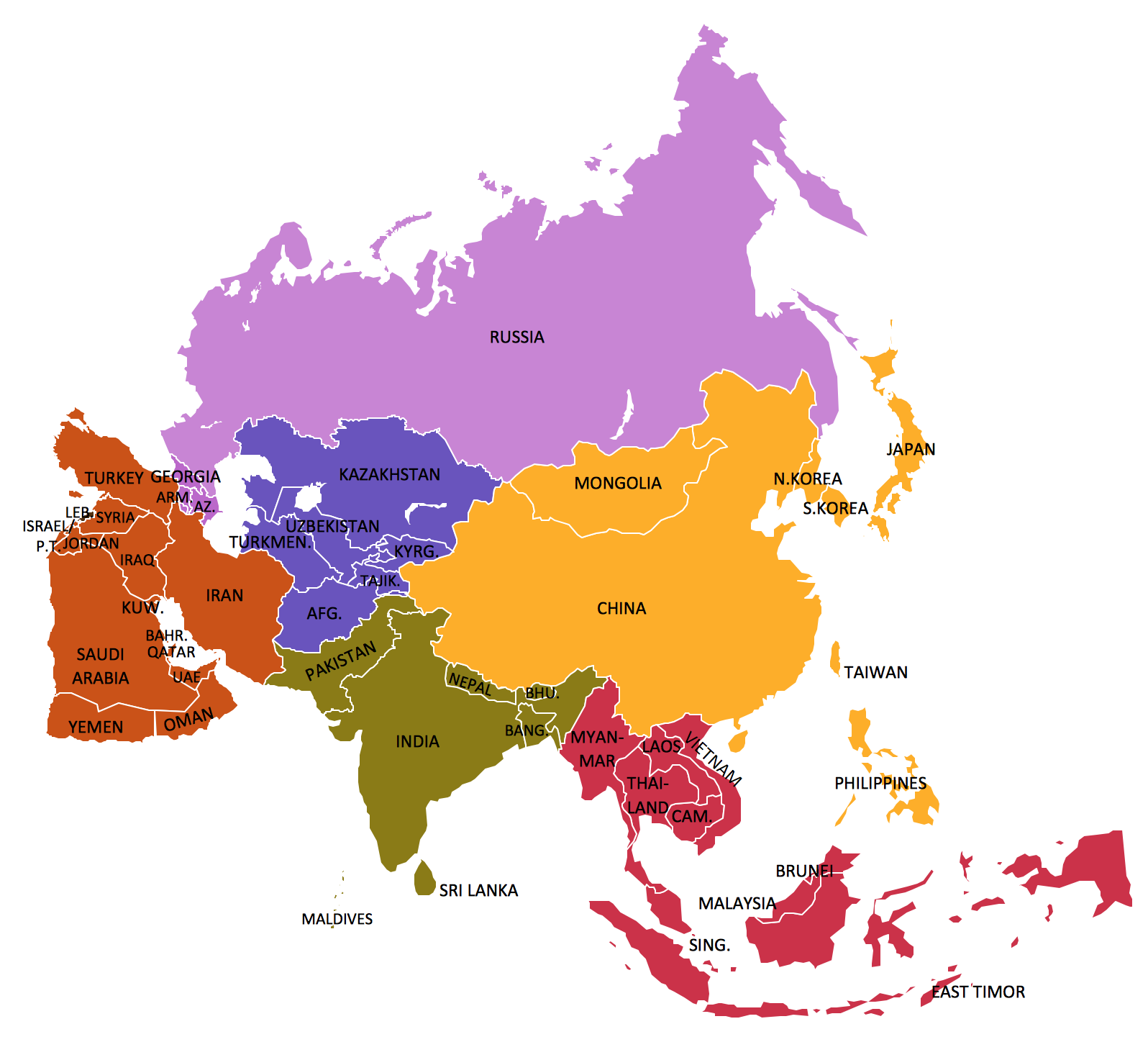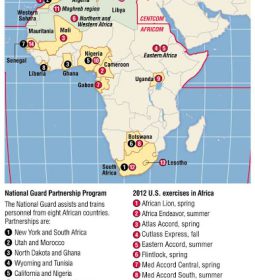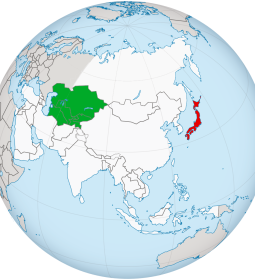Miss Universe Pakistan Roma Riaz reminds – the sari is ‘as Pakistani as the shalwar kameez’

hen Roma Riaz stepped onto the Moonlight Sky Gala Welcome Dinner red carpet in Phuket this week, she did so in a silver-beige sari, and, predictably, critical comments followed. Representing Pakistan at the 74th Miss Universe pageant, Riaz arrived in a hand-embellished sari by designer Kanwal Malik, however, because the garment is often popularly claimed as “Indian attire”, some viewers questioned her choice.
Riaz, however, didn’t leave their questions unanswered. In a note shared to Instagram, she addressed the criticism, and reframed the sari as a shared South Asian cultural inheritance.
“I’ve seen a few comments asking why I, as Miss Universe Pakistan, wore a sari,” she wrote. “The sari isn’t owned by borders. It’s part of our shared heritage, woven long before the lines between us existed. It was born from the soil of the Indus Valley — the same land our ancestors called home. The sari is as Pakistani as the shalwar kameez.”

Riaz added that the sari has been part of Pakistani wardrobes for generations, appearing everywhere from family portraits to film premieres. “I refuse to let our heritage be rewritten or erased,” she wrote. “I will reclaim every thread that tells our story.”
The message was shared alongside a carousel of visual reminders from Pakistan’s cultural memory: a 1969 newspaper clipping titled ‘Pakistan women still prefer the sari to western dress’, featuring Barrister Rabia Sultan Qari; an illustration of women in saris from an Urdu magazine; and photographs of Nusrat Bhutto and playback singer Mala Begum — both icons known for wearing the garment.
In another post highlighting her red carpet look, Riaz expanded on that sentiment.
“The sari is a timeless garment that predates borders and continues to embody grace, femininity, and identity,” she wrote. “In Pakistan, the sari once reigned as the attire of choice for women of culture and intellect — worn by poets, artists, and icons of the golden age of cinema.”
She described her choice as a tribute, not ‘borrowing’. “Today, I wear this Kanwal Malik sari as a tribute to that heritage, to the elegance of Pakistani craftsmanship, the artistry of our designers, and the women who continue to redefine tradition with pride.”
Riaz also thanked the designer “for styling me to perfection” for the Kora Resort Phuket event, where contestants gathered ahead of the main Miss Universe programme.

What does “Pakistani fashion” mean when our style history is deeply interwoven with shared regional identity? If the sari existed long before 1947, and was worn widely in Pakistan for decades after, who gets to decide its place now? For Riaz, the answer is simple — garments carry memory, and reclaiming heritage is about choosing what to honour in the present.
- Previous Beijing’s Debt Trap to Astana or The Illusion of Chinese Investment in Kazakhstan
- Next Turks issue arrest warrants for Netanyahu, 36 others over genocide: PR or a genuine decision!?
















